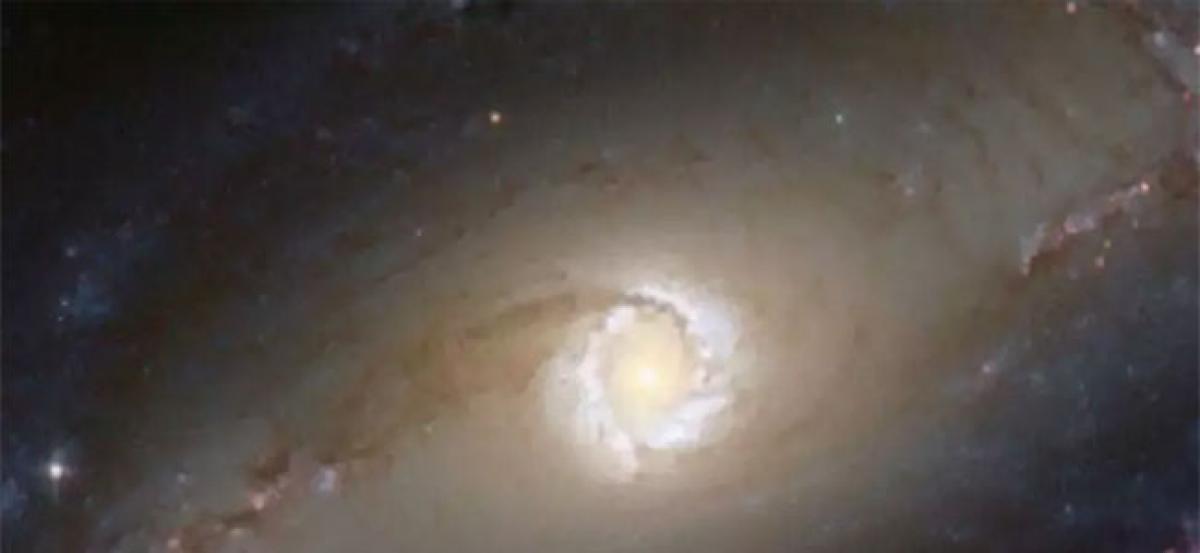Live
- No oral mentioning of urgent cases: SC
- Russia plans to boost birthrate with 'Ministry of Sex'
- Govt glare on fund misuse by digital media wing of IT
- Ongole Police to serve notices to director Ram Gopal Varma Over social media posts
- Attackers will not be spared, says minister
- Needle of Vikarabad violence on BRS netas
- BJP condemns police arrests in Kodangal
- Japan’s Toyama Prefecture forges edu links with AP
- Indian Navy to showcase its might in Odisha coast
- Budget brings hope with major allocations for development
Just In

Astronomers have created one of the largest 3D maps of the infant universe, and discovered about 4,000 early galaxies, many of which may have evolved like the Milky Way. Researchers led by David Sobral from Lancaster University in the UK made the chart using the Subaru telescope in Hawaii and the Isaac Newton telescope in the Canary Islands. They looked back in time to 16 different epochs (period
London: Astronomers have created one of the largest 3D maps of the infant universe, and discovered about 4,000 early galaxies, many of which may have evolved like the Milky Way. Researchers led by David Sobral from Lancaster University in the UK made the chart using the Subaru telescope in Hawaii and the Isaac Newton telescope in the Canary Islands. They looked back in time to 16 different epochs (period of time in history) between 11 and 13 billion years ago.
"These early galaxies seem to have gone through many more "bursts" when they formed stars, instead of forming them at a relatively steady rate like our own galaxy," said Sergio Santos, a PhD student at Lancaster.
"Additionally, they seem to have a population of young stars that is hotter, bluer and more metal-poor than those we see today," said Santos. Light from the most distant galaxies takes billions of years to reach us. This means that telescopes act as time machines, allowing astronomers to see galaxies in the distant past.
The light from these galaxies is also stretched by the expansion of the universe, increasing its wavelength to make it redder. This so-called redshift is related to the distance of the galaxy.
By measuring the redshift of a galaxy, astronomers can thus deduce its distance, how long its light has taken to reach us and hence how far back in time we are seeing it.
The team used filters to sample particular wavelengths of light, and hence specific epochs in the history of the universe.
Sobral and his team found galaxies that existed when the universe was only 7 to 20 per cent of its current age, and hence provide crucial information about the early phases of galaxy formation.
The researchers also found that these early galaxies are incredibly compact. "The bulk of the distant galaxies we found are only about 3 thousand light years across in size, while our Milky Way is about 30 times larger," said Ana Paulino-Afonso, a PhD student at Lancaster.
"Their compactness likely explains many of their exciting physical properties that were common in the early universe," said Paulino-Afonso. "Some of these galaxies should have evolved to become like our own and thus we are seeing what our galaxy may have looked like 11 to 13 billion years ago," she said.

© 2024 Hyderabad Media House Limited/The Hans India. All rights reserved. Powered by hocalwire.com







